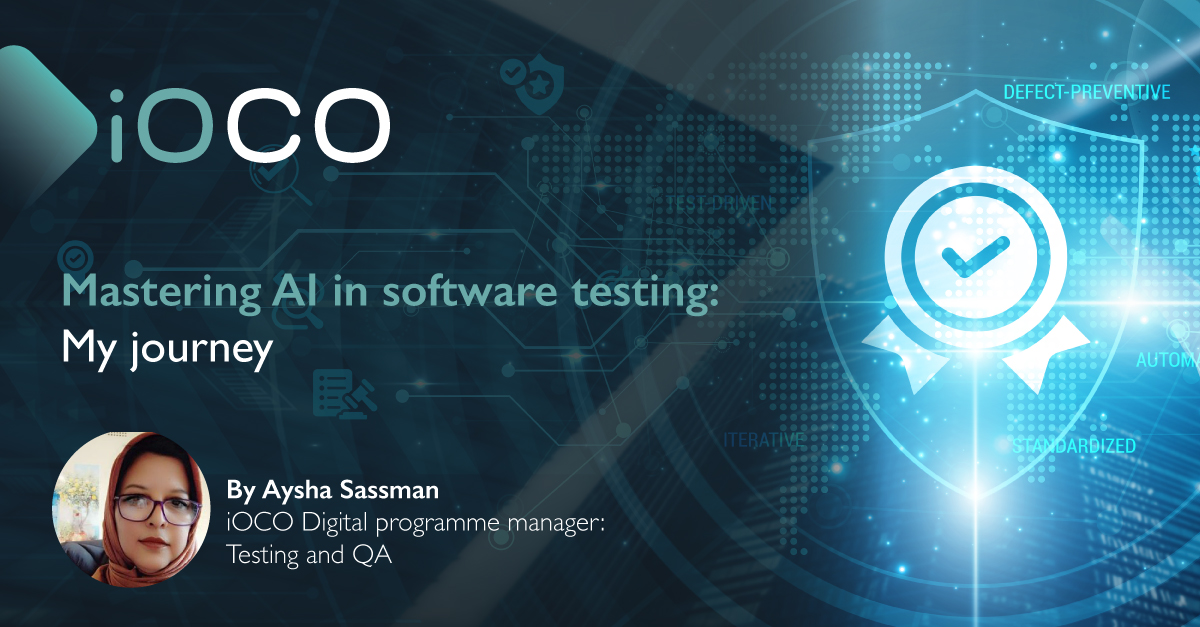In the early days of computing, security was relatively simple since computers were isolated entities. Physical security was sufficient, with authorised users being granted access to a computer room. However, with the advent of computer networking and the internet, security became more complex. The concept of a physical perimeter protecting the network emerged, one could say this can be likened to a castle surrounded by a moat. Authorised users could cross this perimeter and move freely within the network.
Today, the world is even more connected and complex. Cyberattacks have evolved, becoming increasingly creative, dynamic and mostly unpredictable – albeit great advances in prevention and detection technologies have taken place. Cyber criminals have access to advanced technologies and operate at an unprecedented scale, rendering traditional defences insufficient. To counter these threats, organisations must deploy machine-driven defences to match the capabilities of the attackers.

Digital transformation has brought about significant changes in the way businesses operate; data flows constantly, and employees work remotely using multiple devices. Today’s cybersecurity challenges are further exacerbated by the growing attack surface. Employees use their personal devices for work, further endorsing the need for new security measures. Additionally, the rise of cloud computing has made enterprise infrastructure more distributed and harder to protect using traditional perimeter strategies.
Unfortunately, this increased connectivity also means an expanded threat landscape. Major data breaches have become commonplace, affecting various industries and causing significant financial losses. One report notes that on average, 150 000 records were compromised per breach to date in 2023, while 2022 saw an average of 75 000 records compromised per breach, meaning that each breach has had a greater impact on organisations and individuals.
Thinking that dates to the Middle Ages doesn’t work
The classic castle-and-moat approach to security, where internal users are trusted and external threats are presumed, is no longer viable. Threat actors can dwell inside a network for extended periods, remaining undetected. Moreover, human error and insider threats pose additional risks. The need for a new security paradigm has never been more apparent.
The Zero Trust model emerges as the solution to these evolving threats. It entails questioning trust assumptions and implementing strict access controls across all network elements. No user or device is inherently trusted, and verification occurs continually.
This approach ensures that potential threats are detected and mitigated promptly, even within the network, and it provides enhanced security for devices both inside and outside the traditional perimeter. Yesterday’s strategies are no match for today’s threats, necessitating a complete reboot of cybersecurity practices. As cybersecurity risks continue to grow and attackers become more sophisticated, organisations must adopt a proactive and adaptable Zero Trust security strategy to safeguard their data, systems, and overall digital infrastructure.
However, every silver lining has a cloud attached to it.
Navigating the roadblocks
As the threat landscape evolves, enterprises are increasingly recognising the need for a Zero Trust approach to bolster their cybersecurity defences. However, making the transition to a Zero Trust model is far from a walk in the park for most organisations.
One of the primary hurdles to overcome is dealing with legacy systems and technical debt, which can impede progress and leave critical vulnerabilities exposed.
Legacy applications, networks, and protocols that once served enterprises well are now proving to be a hindrance in the face of modern cybersecurity challenges. These systems were not designed with the agility and robust security measures required in today’s digital age. Reworking these aging infrastructures demands significant efforts, resources, and financial investments, exacerbating what is commonly referred to as ‘technical debt’. Essentially, the older the systems, the more burdensome it becomes to implement necessary changes.
An inherent limitation of legacy enterprise applications lies in their lack of a ‘least privilege’ concept. Many of these applications rely on outdated authentication models, such as single sign-on, which falls short of the rigorous standards set by the Zero Trust approach. Integrating them with other critical technologies, like Identity and Access Management (IAM) or endpoint security, can prove to be an arduous task.
Unfortunately, legacies are not the end of the issue but rather the tip of the iceberg. In my second article in this series, I will expand further on the barriers to Zero Trust implementation which are far outweighed by the benefits.
Written by: Paul Meyer, Security Solutions Executive, iOCO Tech.
Originally featured here



